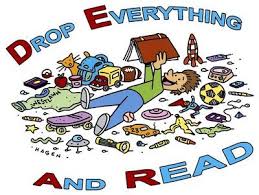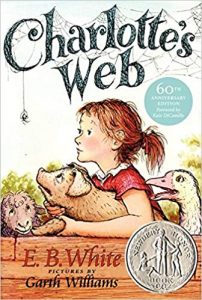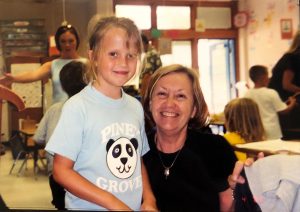Reading and writing weren’t always my favorite subjects growing up. I used to perceive reading as an obligation, similar to a chore like washing the dishes. Who wants to wash dishes in their free time? Writing appeared to be a daunting task that required formal formatting, perfect grammar, and factual evidence. It wasn’t until the third and seventh grade that my outlook on reading and writing were changed by two teachers forever.

The piercing sound of a whistle spread across the playground. Ms. Hughes stood outside of the classroom while students reluctantly shuffled to line up outside room 211. Recess was over, which meant it was time to “Drop Everything and Read!” For the next thirty minutes, most of the class would scatter around the room, impatiently watching the clock tick by while skimming through their tattered, worn library books. As I settled into the blue bean bag in the corner of the room, I opened up the most recent book Mrs. Hughes had recommended for me, Matilda by Roald Dahl. I was immediately hooked! Matilda was an elementary schooler, an avid reader, and someone who viewed reading as a fun hobby, which inspired me. I spent the next two weeks of class consumed by the novel and Mrs. Hughes was eager to give me more suggestions.

For the rest of my third-grade year, I read like the world was ending. Mrs. Hughes always encouraged me to read books that were slightly above grade level, such as Charlotte’s Web, which allowed me to excel in my reading abilities. From that point on, I found reading to be a great way to pass the time. I read inside and outside of school, incorporating my personal book choices into the ones that were required for school. By this time, I realized that reading was no longer a chore. Reading was a privilege!
Four years later, I found myself sitting in Mr. Walsh’s colorful classroom waiting for first period to begin. As soon as the bell rang, Mr. Walsh sprang to the front of the room, exclaiming, “Today, we will be writing poetry!”
An immediate sense of dread and panic filled the room. Who wants to write poetry at 8 a.m. on a Monday morning? Although I dreaded class that day, Mr. Walsh’s constructive feedback on my poetry changed my perception of writing forever. My teacher encouraged me to think outside of the box when writing. Instead of writing “I went to the beach”, he encouraged me to describe the way the waves looked crashing on the sand. He taught me to write about how the setting sun turned the sky yellow and red as birds flew across the horizon. What I had always imagined to be a taxing, painful process turned out to be something I actually
enjoyed. I loved the freedom of writing, as I could include whatever I wanted and could make the piece my own. Mr. Walsh proved to me that writing doesn’t have to be an error-free process of perfection! This realization stuck with me throughout the school year and beyond. Writing became one of my favorite subjects.
Today, I value reading and writing even more than I did as a child. Mrs. Hughes and Mr. Walsh showed me that reading and writing are two unique forms of expression, individualism, and creativity that truly can be enjoyable. As I continue my education through college and eventually earn my degree in Elementary Education, I am beyond excited to share my love for these subjects with students of my own in the future. If I can inspire students to use reading and writing as personal tools of expression in the same way I was taught to, I will feel that I have done my job well, just as my teachers did.

Author’s Note:
Writing this piece was like reliving my childhood! I loved being able to recall some defining moments in my educational career and outline my relationship with literacy. I also really enjoyed giving some very special teachers credit where credit is due! For this essay, the aspects of digital media I added were mostly images that explicitly illustrated the content of the paper. The last image is a personal photo of my teacher and I that, in my opinion, ties the whole essay together. Lastly, I think the blockquote in the last paragraph visually helps to break up the text and reinforces a key element of the piece as a whole.
Comments by knshagen